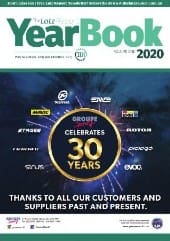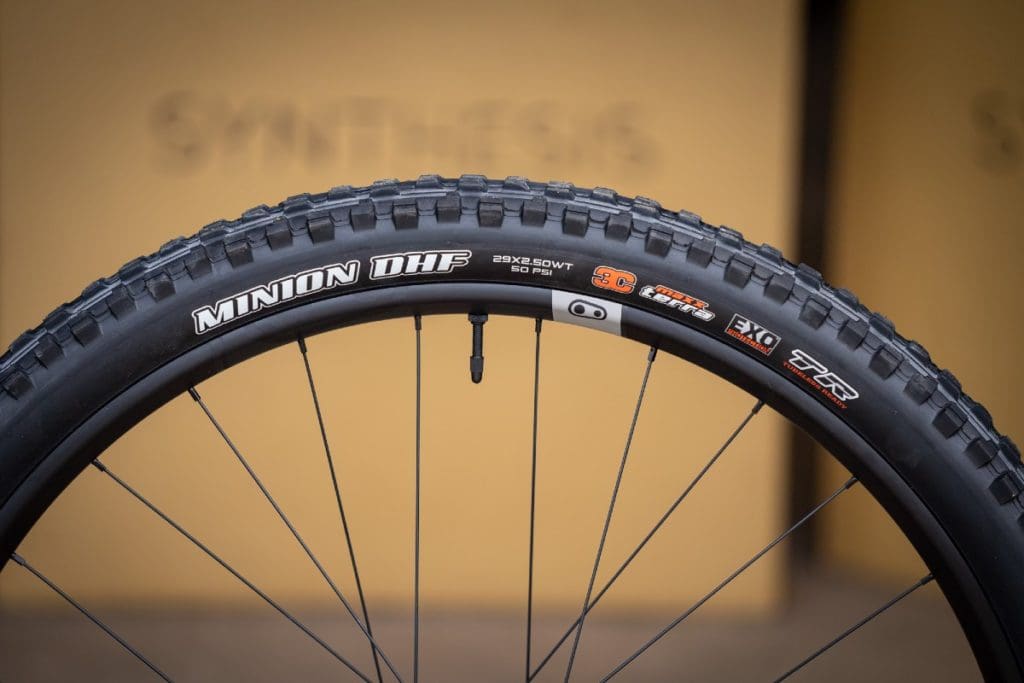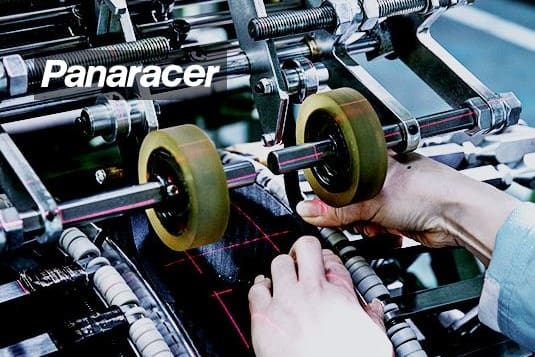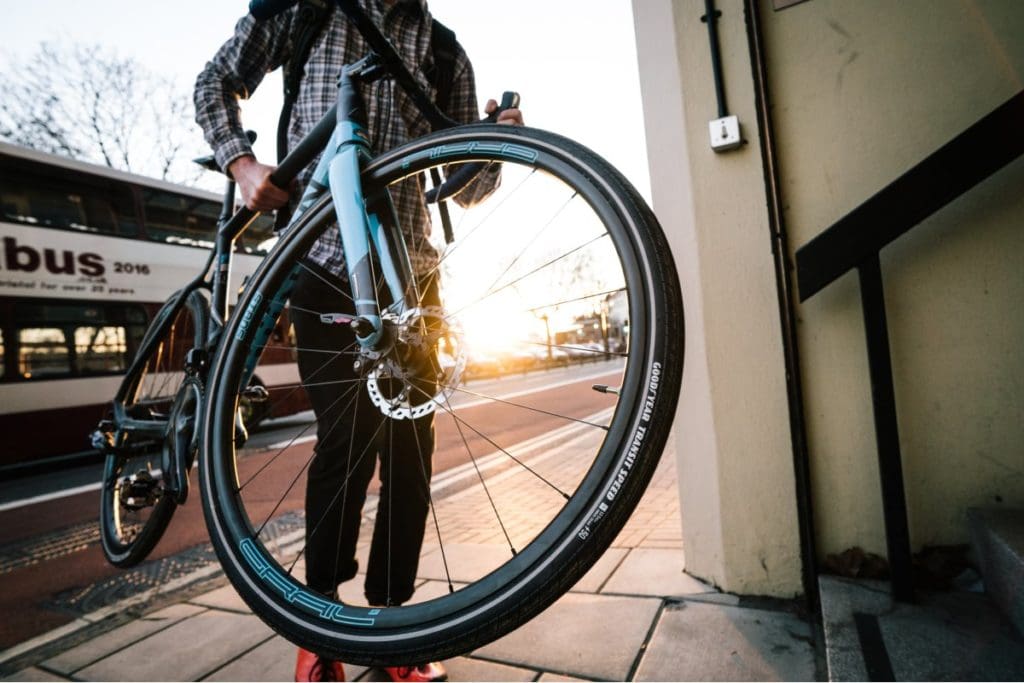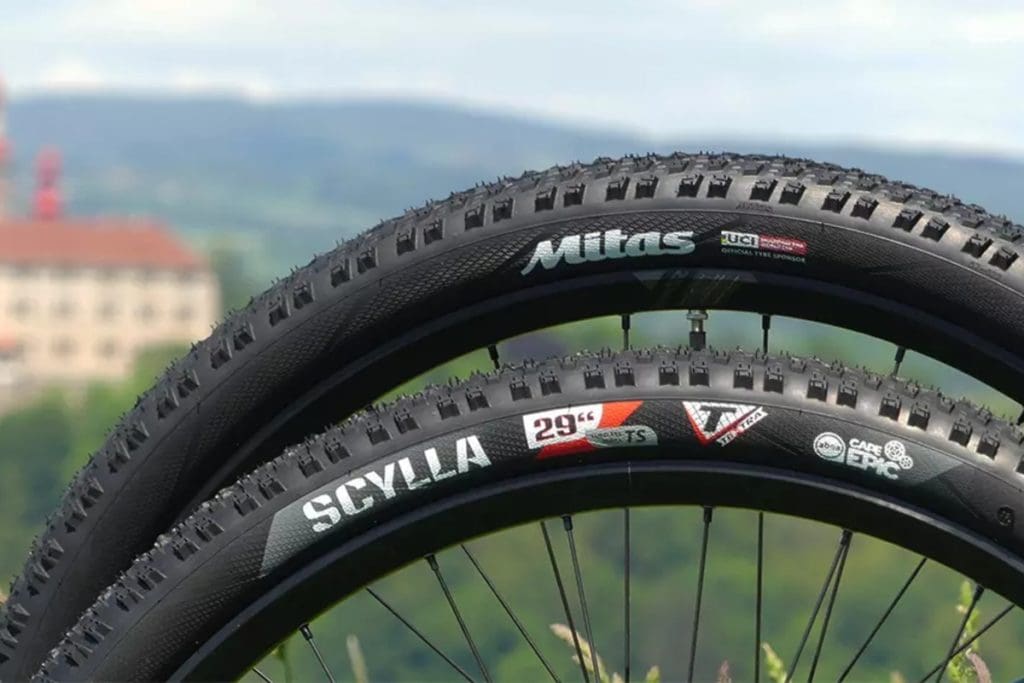Wheels and Tyres
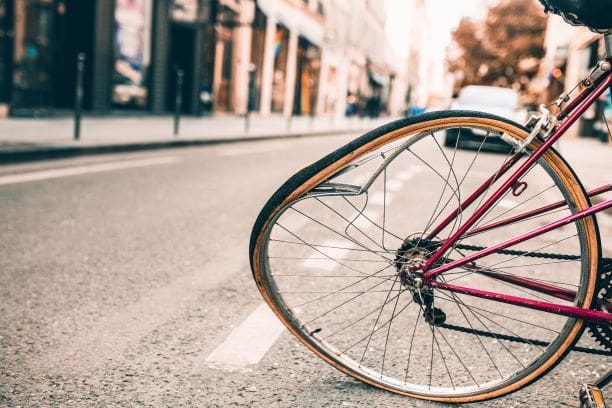
With such an unprecedented demand for complete bicycles during 2020, it’s important for dealers to keep their eye on one of the core ‘bread and butter’ categories of every bike shop – wheels and tyres.
Like most other product categories, wheels and tyres have not been without their challenges this year, with shortages in certain sizes such as 26 inch MTB and even in certain spoke lengths.
Here’s a brief summary of some factors that will help you maximise your store’s profits through selling wheels and tyres.
Tyres
Like every bicycle component, tyres have their positives and negatives from a dealer’s point of view.
On the plus side, they’re a consumable. They’re the reason that a significant percentage of your customers walking through your door, whether it’s to get a puncture fixed or to get worn tyres replaced.
Remember that every time a customer walks in, that’s an opportunity to upsell them other products, add them to your database, get them booked in for a regular service schedule, encourage them to join your shop ride… your list of possibilities should be long.
Data from overseas shows that ebike riders clock up many more kilometres, so they wear through their tyres faster. Hopefully this will mean that the boom in ebike sales we’ve seen in 2020 will lead to even more return visits in 2021 and beyond.
Other pluses are that tyres, especially now that all but the cheapest models are foldable, are compact and easy to store and display. They usually offer good margins, even higher for tubes, provided you are selling for full retail, which leads to one of the downsides…
One of the biggest downsides is that tyres are one of the most easily sold products via online, being relatively light, easy to package and post and for consumers making repeat purchases in particular, easy to order and know exactly what they’ll be getting. Because they’re easy to sell online, tyres are often discounted online making it harder for dealers to hold the line on full retail price.
Another downside is that with so many new categories of bikes such as gravel bikes, plus the resurgence of old 26 inch MTB’s, there are more SKU’s (stock keeping units) than ever, making it extremely difficult for you to ensure that you have the exact size and model that your customer may be asking for.
How can you overcome these downsides? Nowhere is a close partnership with your wholesale supplier more important. Whilst Australian law does not allow a wholesaler to mandate retail prices, some tyre brands seem more prone to discounting, particularly online discounting, than others.
You also need a supplier who is carrying good depth of backup stock and can give you quick, reliable delivery when you don’t have the model you need.
Also remember that the tyre in your shop is not the same product with the same value as the identical tyre on an online store’s website. How can that be? Because when it’s in your store the customer can buy it instantly. Because they can see it in the flesh, touch the tread, feel the weight and because you can fit it for them.
Which leads to the next important point. Just because you’re (hopefully!) making a good percentage margin on the sale, does not mean that you should then subsidise the fitting of the tyre or tube.
This is particularly true for hub geared bikes and ebikes, (depending upon whether they have a front, mid, or rear mount motor). On some of these bikes it’s quite a task to change a rear tyre in particular, so there’s nothing wrong with having a higher labour fee for rear wheel tyre changes, as some shops already do.
Fitting new tyres is also an opportunity for you to upsell tyre sealant, spare tubes (for non-tubeless tyres) and even pumps or more CO2 cartridges.
Finally, depending upon where you’re relocated, you might have access to a tyre recycling service. We’ve previously written about one of these here. This may come at a cost per tyre, in which case you can either ask your customers to pay this as an optional extra or build it into your pricing structure.
Wheels
In 2020, with so much of your workshop labour needed just to build new bikes, the days in which shops built most of their own replacement wheels in-house are long gone.
Wheels sales can broadly be divided into two. Firstly there’s the ‘bread and butter’ replacement wheel for the customers who have a crash, ride over too many gutters or damage their wheels in whatever other way. There’s no need to display these replacement wheels, just ensure that you have the most common sizes and models in stock and order anything else in as required.
High performance wheels are a different story. For high end bikes, be they road or MTB, upgrading the wheels will always be one of the quickest ways to improve the bike’s performance. It’s not just about lowering total weight, but reducing rotating mass, that will make the bike easier to accelerate. In the case of road, time trial and triathlon, it’s often also about aerodynamics.
In all of these cases, it will definitely help you grow your sales to have these wheels on display where customers can look closely, touch and feel. Once again, that’s your key advantage over online sellers. Sure, performance wheels are a high priced item, so you’ll have to invest in the stock. But if you want the immediate sale of a $3,000 plus pair of wheels on the day before an event when the customer decides to make up for their lack of training by exercising their wallet instead, then you need to have them instore, ready to sell!
Read the Latest Wheels and Tyres Product Features
Next Month…
Our Annual Dealer Guide for December will be focused on Adult Bikes (including Road Bikes, Gravel Bikes, Touring Bikes, City Bikes, Hybrid Bikes). Please contact us if you would like to highlight your Product or feature your Company in this edition.
Wheels and Tyre Distributors in Australia
The Latz Report YearBook lists any organisation that supplies goods or services to retailers, or interacts with them in some bike industry related way.
For summaries of wheel and tyre distributors in Australia, please follow this link to our Yearbook and use the Search function or Direct to Page option, to find:
- Wheels and Tyres both on page 90.
Make sure your listing is correct in the YearBook.
- Update your details for our 2021 edition.
- Add a new listing in our 2021 edition.
